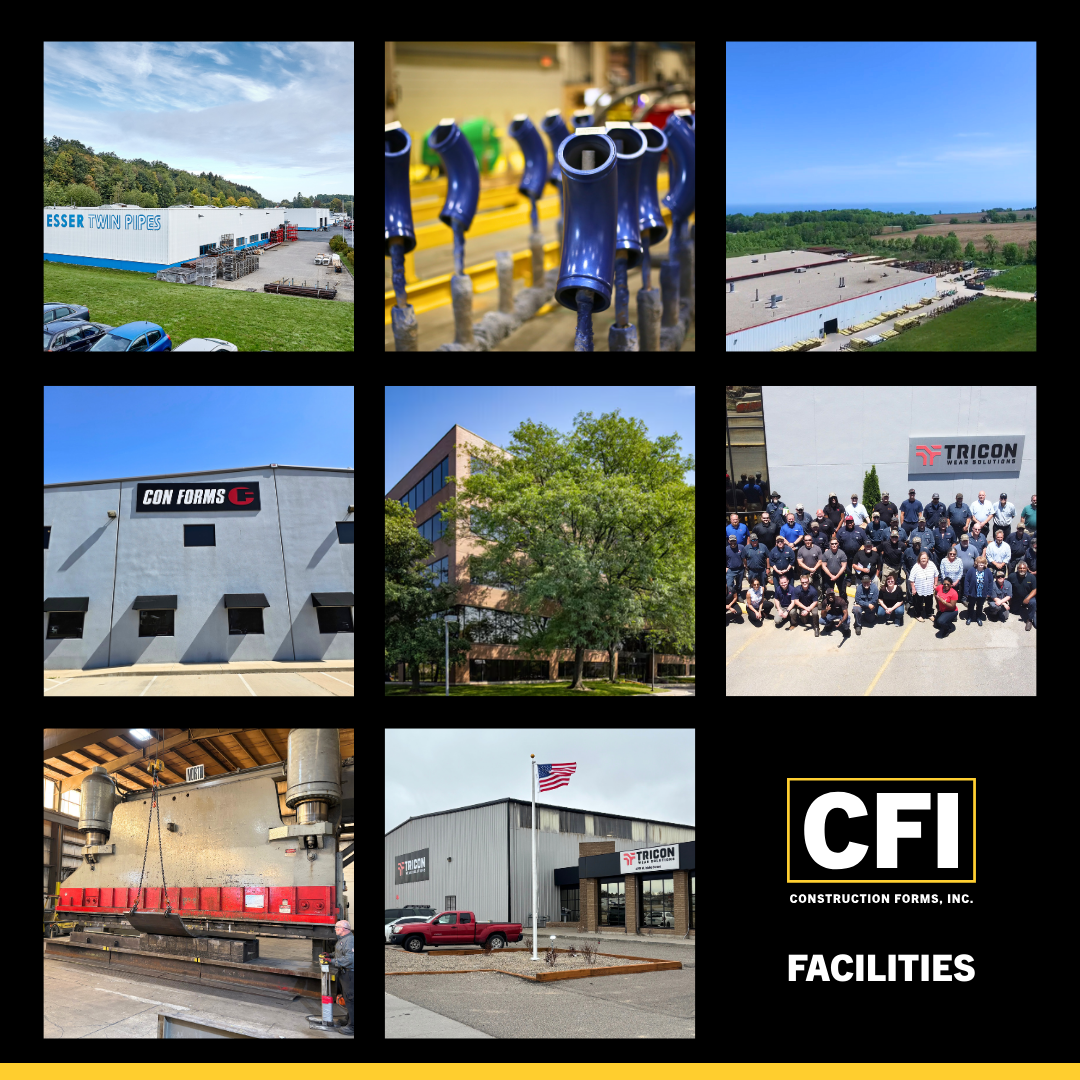The point where the delivery line of a truck-mounted concrete pump meets the reducer can be a complex section of the concrete pumping system. Concrete passing through the reducer is forced through a smaller diameter opening, increasing wear and impact. We’ve designed our ESSER reducers with CCI inner sleeves, and our bends with reinforced outlet extensions, to strengthen these vulnerable points and last longer than standard unhardened pipe parts.
Frequently-Asked Questions
Why is the delivery line reducer such a vulnerable point on a truck-mounted concrete pump?
The delivery line reducer on a truck-mounted concrete pump is a vulnerable point due to the sudden decrease in pipe diameter through which the concrete passes. This can quickly accelerate concrete flow and increase internal pressure within the reducer. This can also cause significant turbulence and abrasive wear as the concrete rapidly shifts from a larger-diameter pipe to a smaller one. The impact of this high-speed, high-friction flow can leave the reducer degraded and at risk for cracks, thinning, and even failure over time.
If concrete pumping operations continue, the load on the reducer increases and the system is gradually weakened. The risk of pipe failure increases. Regular inspection of the reducer is essential to avoid costly downtime and safety risks
How do ESSER innovations help reducers work more safely longer?
The ESSER innovations in our reducer pipes, including CCI inner sleeves with 67 HRC and reinforced outlet extensions, make the system more durable by adding another barrier against abrasive concrete. The shape of the conical CCI inner lining of the reducer has been adapted and optimized to the load peaks. The outlet side of the reducer is also lined with CCI. This stable construction, coupled with the design and strength of the materials used, significantly extends the service life of the reducer, resulting in safer, more reliable and more plannable concrete pump operation.



